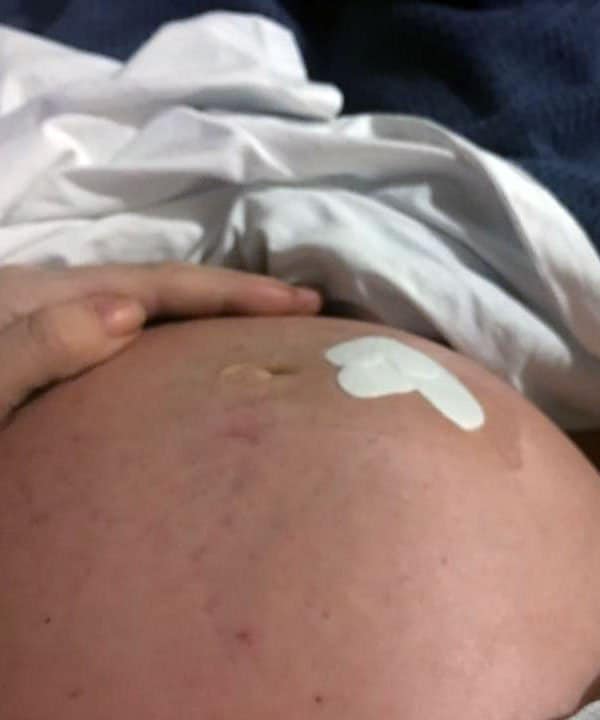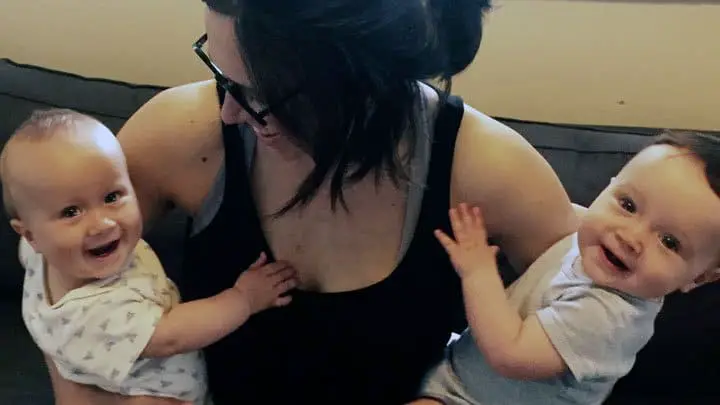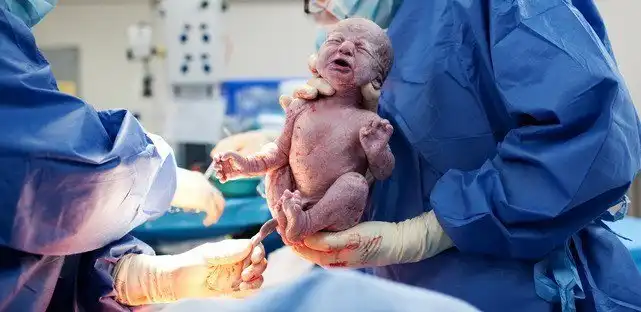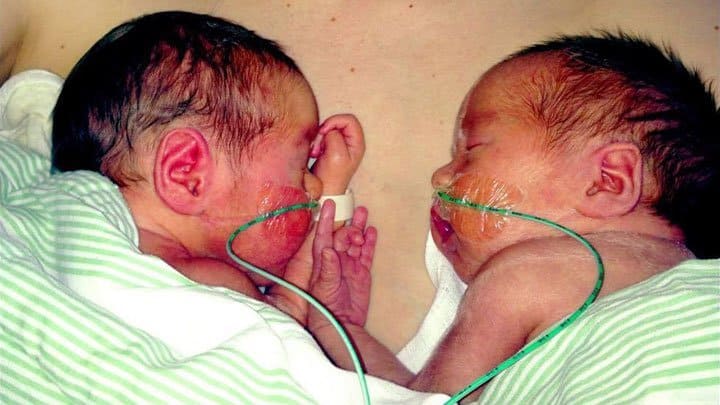TTTS Treatment: Monitoring, Laser Surgery & Premature Delivery
Twin to Twin Transfusion Syndrome (TTTS) is a complication of disproportionate blood supply in the placenta. It can only happen to identical twins who share a placenta. The kind of TTTS treatment doctors recommend, depends on how far along you are when you’re diagnosed. It’s also matters what stage the disease has progressed to, how your babies are doing, and the knowledge and experience of the doctors you’re seeing. You should be aware that severe, progressive TTTS is associated with close to 100 percent mortality if left untreated. Luckily, the medical community has come far in terms of TTTS treatment. Today, there are several TTTS treatments available.
TTTS treatment
Aggressive monitoring:
If the TTTS is mild, you may require no treatment. It’s possible that the condition will remain stable or improve. You’ll be monitored aggressively and your doctors will intervene if the condition becomes more severe.
Laser surgery:
This type of surgery is the only TTTS treatment that can destroy the connections in the placenta and stop the transfusion of blood from the donor to the recipient twin. The surgeons use a fetoscope – a long tube – with a camera at the end of it. They insert the fetoscope and a laser device into the uterus. The surgeons look for the vessels that are providing the blood flow between the two babies. They blazer those vessels, so blood flow can no longer happen between them. This should enable the babies to each have their own blood supply. Read more about laser surgery for TTTS.
Amnioreduction:
Amnioreduction is not a treatment as such, but a procedure to treat some of the risks associated with TTTS. Amnioreduction helps prevent the spontaneous breaking of water and premature labor from the enlarged uterus. The amniotic fluid from around the recipient twin is drained. It’s done by inserting a needle into the amniotic sac of the recipient twin. It may need to be performed multiple times during your pregnancy. Since the babies remain connected, there is the continuing transfusion process between them.
Delivery by C-section:
If your babies are mature enough to survive outside the womb, doctors might consider immediate delivery. They’ll weigh the risks of your babies being extremely or very premature up against the stage and severity of TTTS.
Selective termination of one twin:
When doctors recommend the selective termination of one twin, it’s because they believe that the twin has a poor outlook and may endanger the life of the second twin, who’s more healthy. It’s also recommended if you’re diagnosed with a parasitic twin. Here one twin is severely malformed. The heart is missing or deformed, as are the upper structures of the body.
Termination of the entire pregnancy:
If TTTS is discovered early in your pregnancy – usually earlier than 20 to 24 weeks – doctors might raise the possibility of terminating your pregnancy. Some will also recommend termination if they assess that there’s a very low chance of your babies surviving or a high risk that they’ll be born severely handicapped.
If you have experience or knowledge about TTTS treatment and would like to share, please feel free to leave a comment below this article or e-mail us at kate@about-twins.com













